When speaking about gain, many people believe it is synonymous with volume, and distortion is the result of too much gain.
While these all have their similarities, there are considerable differences between the three terms.
In this article, we aim to help you understand the differences between gain and distortion, as well as volume while looking at how to achieve gain effects.
Since all three of these devices can be found all around us, in this article, we will be focusing on amplifiers and guitars.
Let’s get straight into it.
The Differences
Gain And Volume
Gain is utilised to control the input signals directed to the amplifier straight from the instrument. While the volume is then used to control the signals summoned by the amp’s preamp.
When these controls are operated, we perceive an increase and decrease in volume in both. However, there is a distinct difference between them.
Distortion
If you were to increase the gain, you would notice that as the volume raises, so does the distortion. This is the result of more signals being transmitted than those leaving, creating distortion.
On the other hand, if you were to increase the volume, no matter how high, the signal won’t distort at all. Your ears may distort but the signal remains the same.
In music, this distinction is incredibly important. In the beginning, distortion in music was created by raising the gain levels of the amplifiers to the highest possible setting.
Distortion pedals weren’t introduced yet.
Therefore, if you’re looking to achieve a good sound, you will need to utilise the gain to adjust your desired level of distortion.
Once you have achieved your desired distortion, you’ll have to alter the volume to make it either higher or lower, at the end.
How To Do This?
How To Adjust Guitar Gain And Distortion
You can directly change the distortion or gain on a guitar through the integrated volume controls found on the equipment.
For an electric guitar rig, you’ll typically find three controls for the volume – one found on the guitar directly and two located on the amp.
Adjust Gain And Distortion On The Amp
As previously mentioned, these two controls can be found directly on the amp. The first control is known as the Master Volume or can be simply known as volume on the amps providing gain controls.
The other control is for the volume, which is known on some amps as the gain, which is typically located adjacent to the guitar connection. This is responsible for modifying the distortion or gain of the amplifier.
Adjust Gain Or Distortion On The Guitar
Another method to adjust the distortion or gain of the guitar is through the guitar volume control.
Typically, this control is always located on the top, this ensures that an adequate signal is able to reach the amplifier.
If you were to lower the gain or volume of the amplifier, it would create a clear sound, and if you were to increase these controls of the amp, you will be left with a saturated sound.
Clean Sound
If you’re looking to create the cleanest sound possible, then you’ll need to modify the guitar’s volume to the lowest setting possible.
By doing so, you will be reducing the signal generated by the guitar, which is then absorbed by the amplifier.
The best way to do this is by setting the volume at the half, or slightly above half for the best results.
The same is done for the amplifier, however, this is done in a more pronounced way.
You can lower the volume at a level below half while increasing the Master volume to desired pitch which increases the volume of your equipment without producing any saturation or gain to the sounds emitted.
Crunch Sound
If you’re looking to create a slightly distorted or crunching sound, then you can increase the guitar’s volume to the highest setting, this will squeeze the gain produced by the pickup, too.
When referring to the sound produced by the amp, this is a very interesting area. When the strings are played one at a time during a solo, you’ll produce a fairly clean sound.
However, if you play double pickups that produce a more powerful sound when compared to the singles, you may experience an excessive volume cap.
Although, ultimately, this is determined by personal preference.
On the amplifier, the volume control can be adjusted to the middle, alternatively, slightly above or below the middle.
Distorted Sounds
When producing distorted sounds, the volume of the guitar should be at the maximum setting, with the amp set at full or near-full volume.
Directly from the guitar’s volume control, you should be able to modify the gain. When the control is lowered slightly, you should notice the distortion being smoothed out.
Adjusting Gain Using The Volume Pedal
For the volume pedal to resemble that of the master volume, then the volume pedal should be placed after the gain pedals (overdrives, boosters, and distortions), and then in the middle of the drive pedals and amp, ensuring that the gain ranges are at default.

If you are looking to use the volume pedal to modify the gain levels, then this should be situated between the distortion pedals and the guitar.
This functions as the guitar’s personal volume control, or gain control.
Frequently Asked Questions
When To Use Gain?
Gain is used when determining the number of sound signals transmitted from your guitar to the amplifier.
Instead of altering the guitar’s original sound, it focuses more on the tone and loudness of the guitar when connected to the amp.
Gain can typically be found on amplifiers since it is a very complementary function, working well with a range of sounds.
As the original sound isn’t being altered, you can introduce other effect pedals to create an attractive performance.
When To Use Distortion?
Distortion pedals are best utilised for rock/metal music that demands a more distorted sound effect.
Essentially, a distortion pedal is a hard-clipping device that provides your guitar with a heavier sounding tone, darkening the output, and generating a fuzzier sound.
Depending on the guitar’s settings, it may also boost the sound signal connected to the amp.
Distortion produces a fuzzy sound that can sometimes be replicated when you’re playing a very loud sound on a small speaker. This is the result of a very large sound signal that the speaker can’t transmit.
Distortion is one of the most popular sound effects available on the market and is appreciated by many musicians worldwide.
Essentially, it adds character and harmonics to a particular sound that you wouldn’t be able to create otherwise.
The sound generated by the guitar may be thick; however, it doesn’t irritate the ears like other instruments, such as a distorted violin.
The volume of the notes and strums create a close-together sound, with the notes ringing out long before the volume begins to fall. This is a powerful technique for chords and soloing.
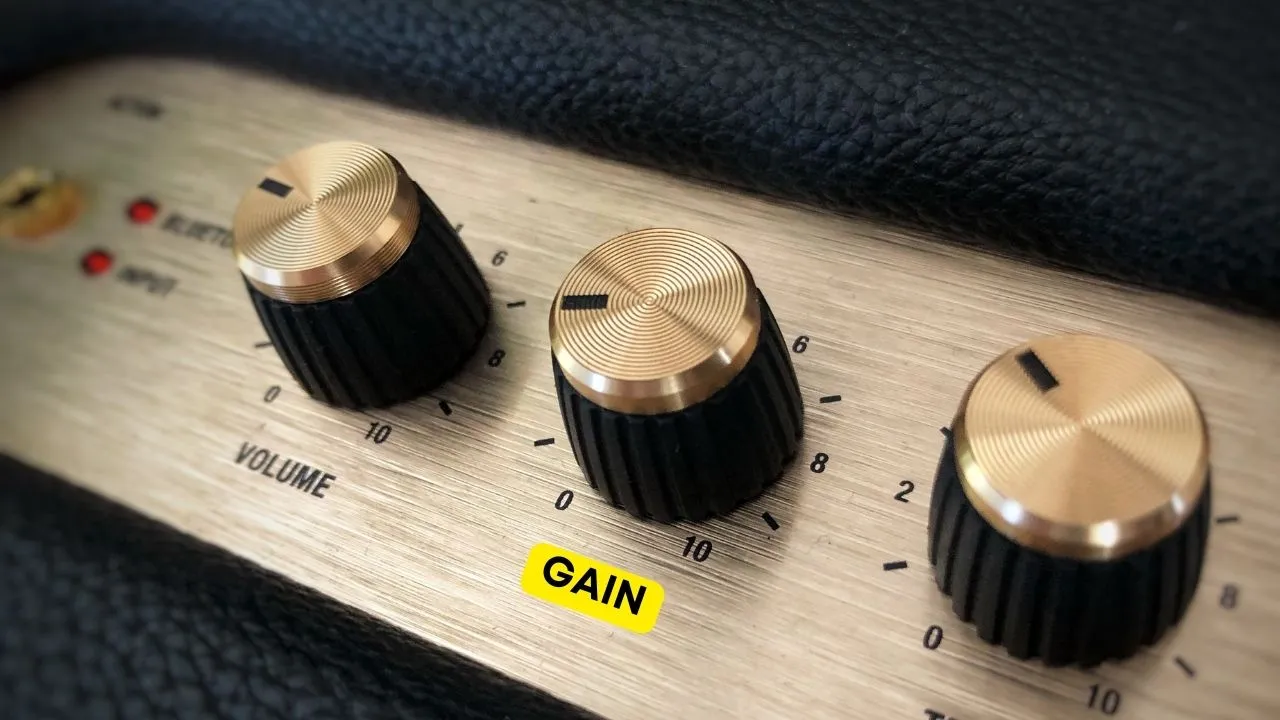


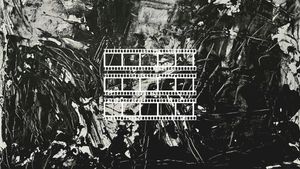
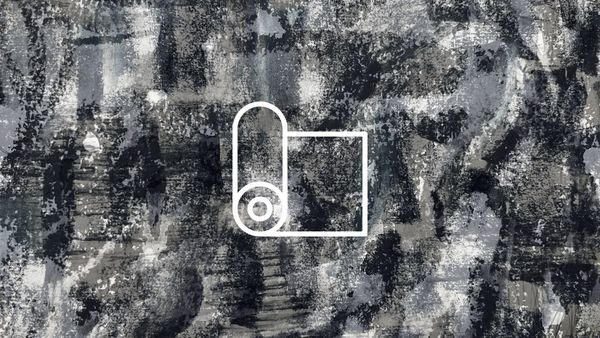
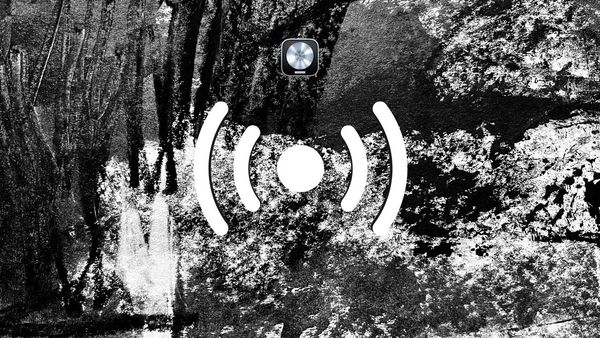
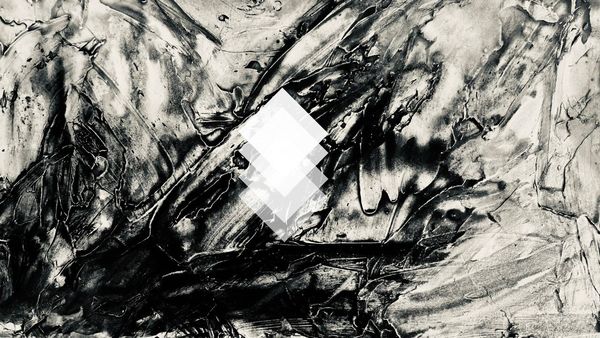
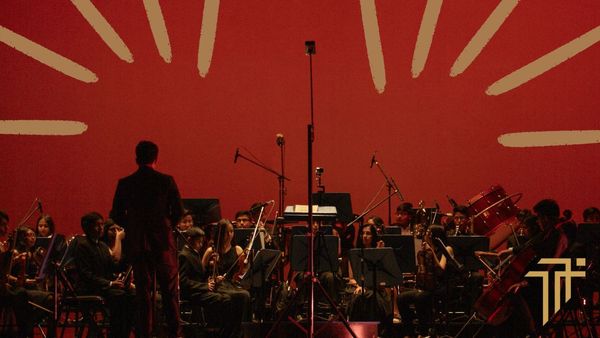

Member discussion